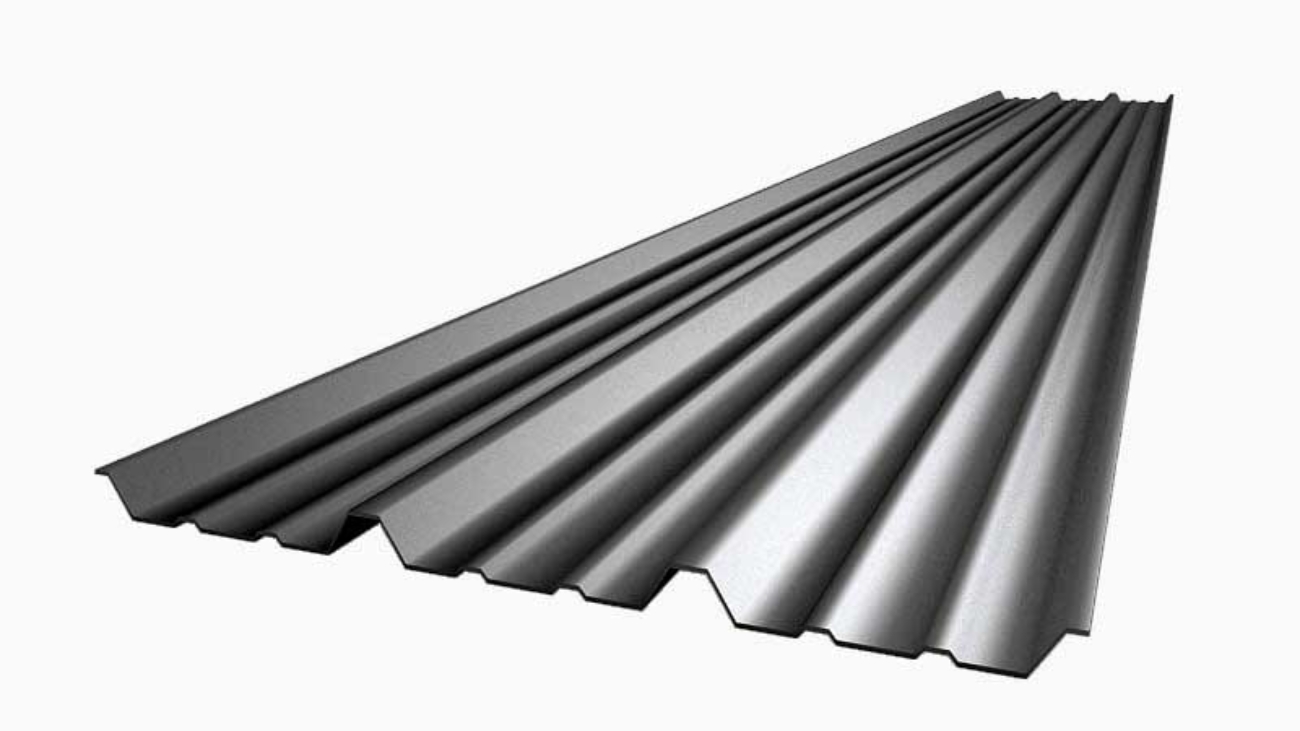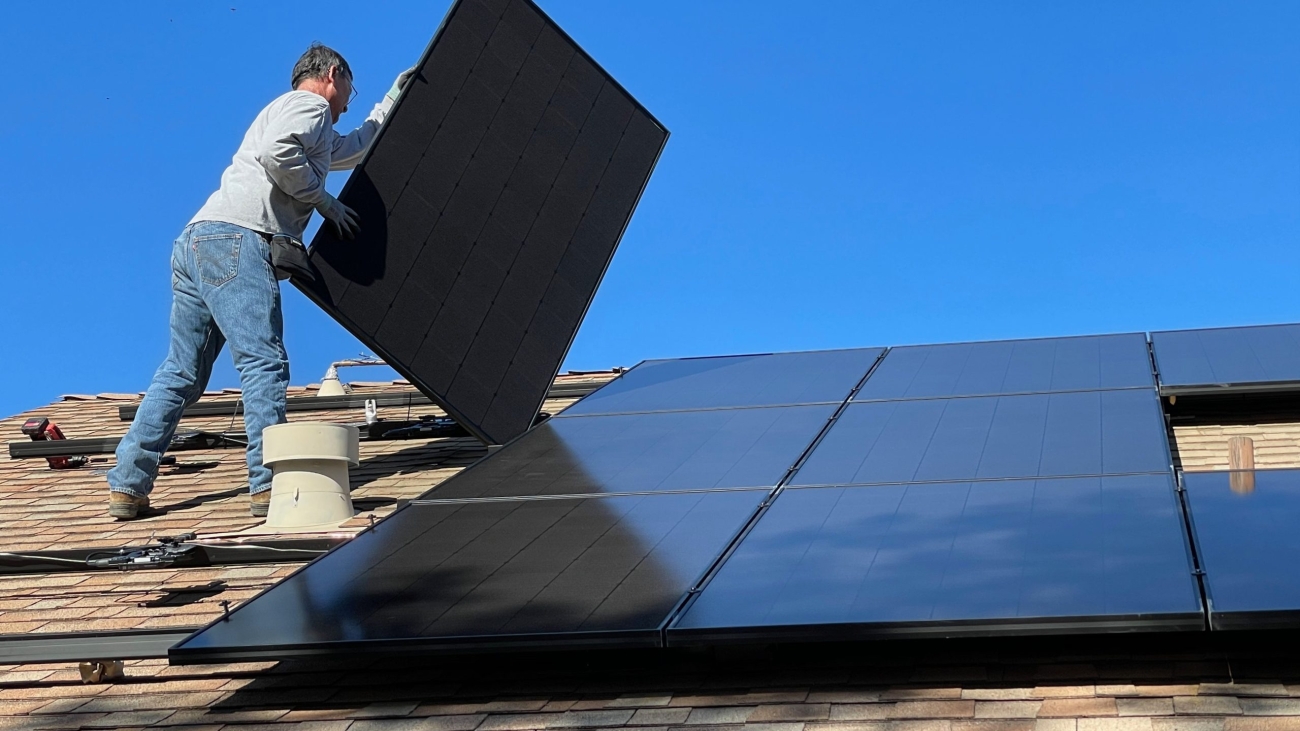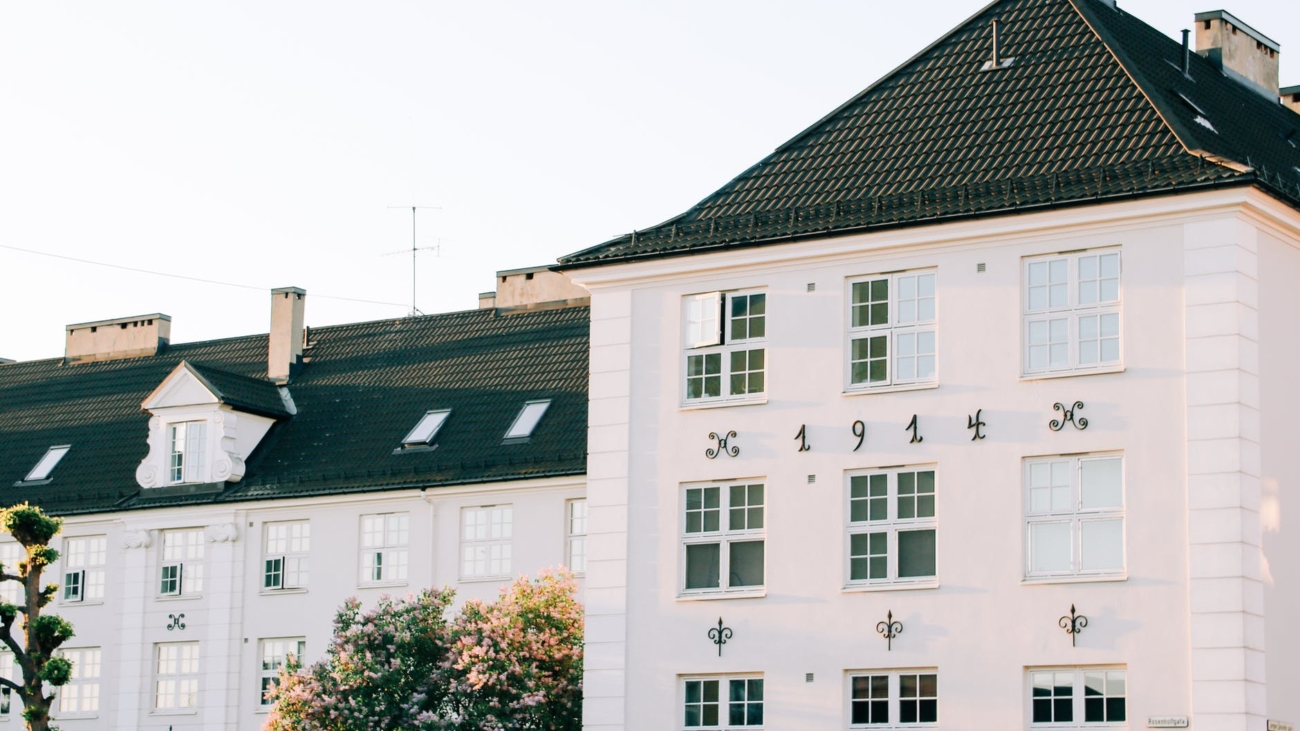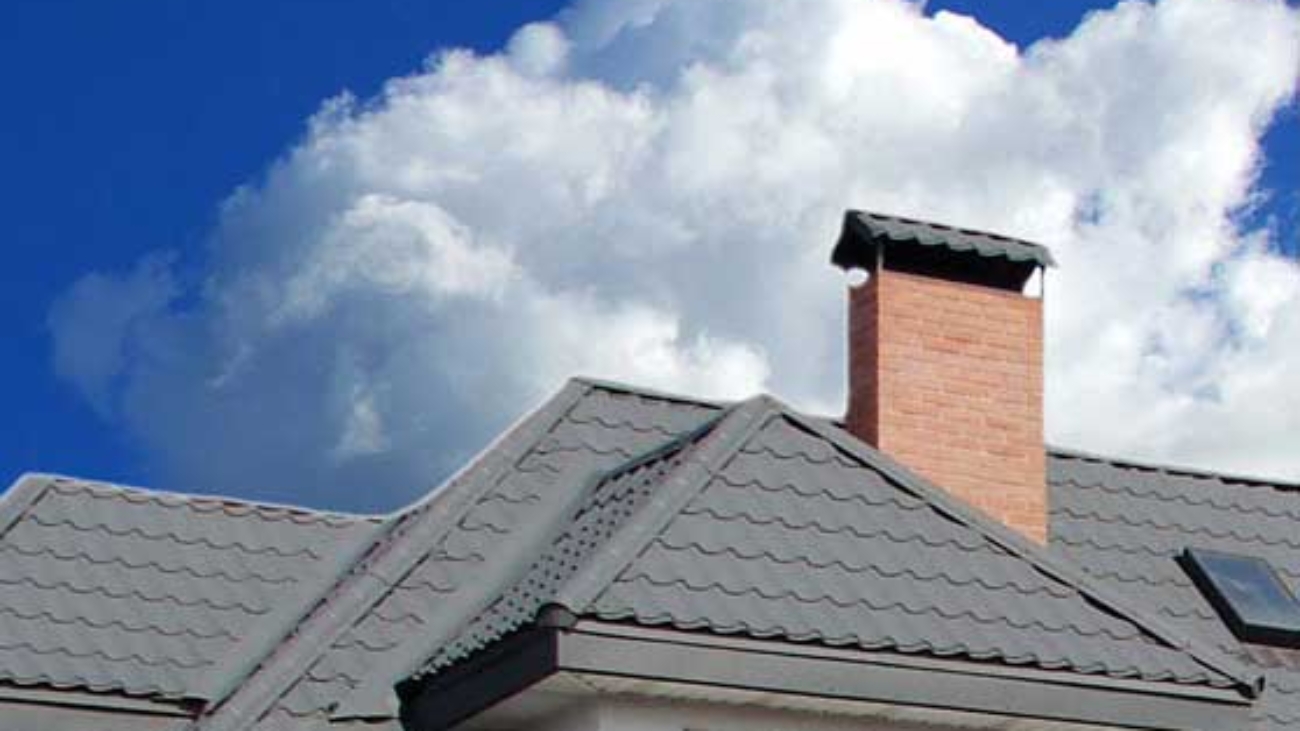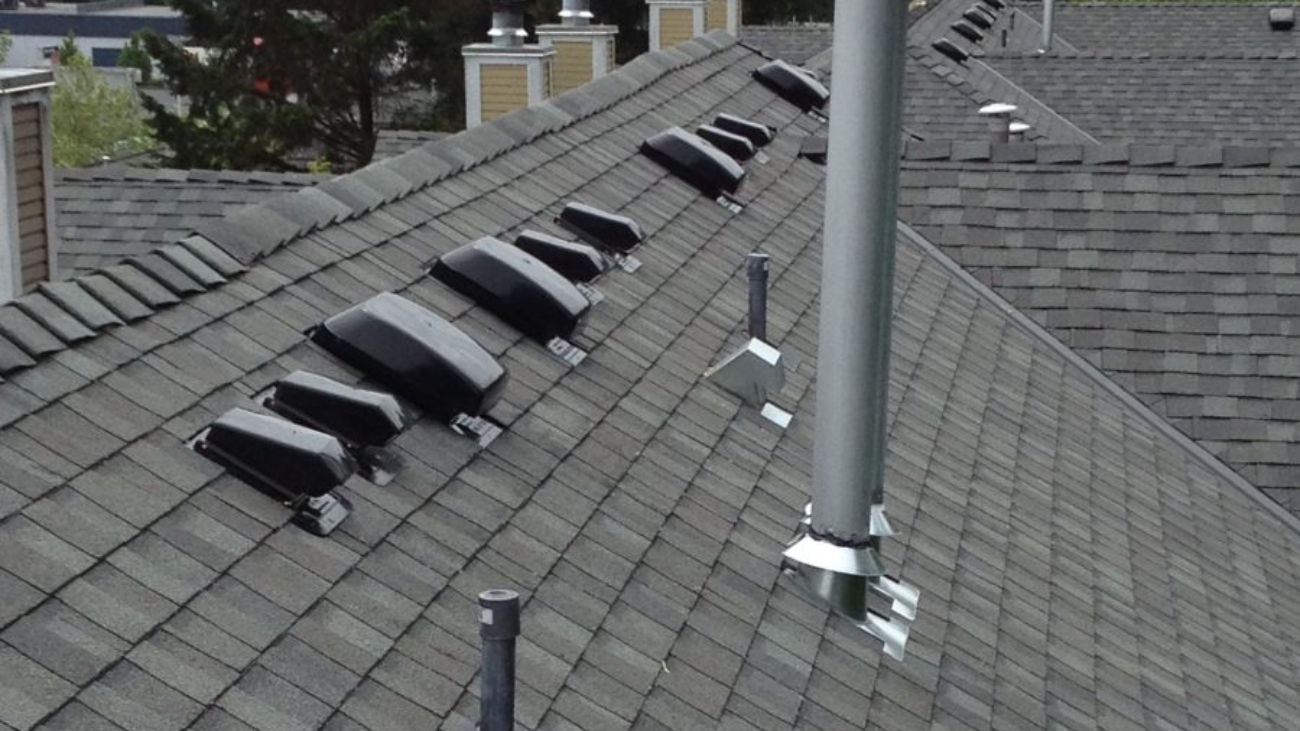Vancouver roofing and metal sheet performance
You If you’re considering installing a metal roof for your home, it’s important to look at its benefits and drawbacks. You most probably are not fully aware of the metal sheet roofing performance, and you need to contrast them against other common types of roof materials. Well done! You have landed to the right place. We have broken down the pros and cons so you can make the right decision for your home.
Metal Roofing Benefits
Metal roof has a longer life expectancy than other types of roofs. Properly installed, a metal roof should last as long as the house, sealing out water, surviving high winds, and easily shedding snow. Metal is also resistant to fire, mildew, insects, and rot.
Warranties vary widely, but most companies back their products for 20 to 50 years. The performance of a metal flashing directly correlates to:
- Type of metal or alloy incorporated
- Thickness or weight of the material
- Protective coating applied.
Metal roofs are lightweight when you compare them with tile at 750 pounds per square or concrete tile at 900 pounds per square. Most varieties run from 50 to 150 pounds per square.
For a sheet metal roof, a waterproof membrane must be installed prior to the installation of metal flashings as a part of the metal flashing detail. To prevent leakage, contractors must install metal flashings in a manner that will ensure water sheds away from the seams.
The leading causes of leakage from sheet metal flashings include the absence of a waterproof membrane under the flashings and poor transitional detailing.
Most metal flashing installers have little knowledge of waterproof membranes or transitional detailing. An experienced roofer will install the waterproof membranes so you don’t have to worry about any leakage.
Metal Sheet Performance
Some types of metal roofing materials may be applied over an existing roof without the need to tare or add additional structural support. In fact, if you’re building a house or an addition, you can often downsize or reduce the number of roof support members.
Most metal roofing materials come in multiple-shingle sections or in 12- to 36-inch-wide panels. An experienced roofer can install these quickly.
Metal flashings are fabricated from a variety of metals and alloys: Galvanized Steel, Galvalume, Zinc, Copper. The coatings used to provide rust protection include baked enamel, silicon, and kevlar among others.
Steel and aluminum are by far the most common and sensible of available roofing materials because they are economical, hold paint finishes well, and are durable.
Aluminum is a relatively soft metal, so it is more prone to denting and damage and it is also more expensive than steel. On the flip side, aluminum won’t corrode the way steel can if the finish is compromised.
To resist wind uplift forces, installers use metal clips and concealed fasteners to secure the flashings to the building during the installation process.
Also, metal flashing details are only one part of the buildings envelope and must be incorporated into the design of transitional details. This procedure ensure the building’s protection from wind and rain.
Metal Sheet Roofing is Environmentally Friendly
Metal roofs offer substantial household energy savings and much lower lifetime costs when compared to other roofing materials. Same, Metal roofs are manufactured from as much as 60 % recycled materials and the extended lifespan translates to significant waste reduction.
Drawbacks of a Metal Roof
The variables that go into metal roofing prices are many, so much so that it is not possible to quote an exact price without a detailed inspection first. Factors like current roof condition, shape, and slope all affect price. Also, property location and roof accessibility are important considerations.
Cost can also be quite high for getting a metal roof installed compared to other roofing materials.
Labour of course is also a major factor when looking at a metal roof. However since they don’t take as long to install as a traditional roof made of asphalt or tile, the labour won’t be that expensive.
However, since metal roofs are uncommon, you should ask the roofer if they have experience installing such a roof before. You don’t want an inexperienced roofer trying to learn on your home. It can cost you time and more money than you expected.
Choosing a Look for Metal Sheets
If you do go for a metal roof, the last thing you need to consider is look. When installing a metal roof, you’ll first want to determine the fundamental design you want it to have. Residential metal roofing comes in two basic forms that are very different in appearance – sheet-like panels and shingles. Within these two categories, there are many variations, colors, and pattern.
The most familiar pattern of panel-style metal roofing, the “standing-seam roofing,” raises at every 6 or 12 inches. They are applied vertically on a roof and doesn’t attempt to look like anything other than what it is.
It has a decidedly commercial look that is favored by architects for its clean, contemporary appearance. For this reason, most modern homeowners choose them to garnish a true variety of homes, from mountain cabins to modern masterpieces. Yet, they look very out-of-place on a Colonial home.
Metal shingle-style roofing is quite different than sheet roofing. With this style, metal sheets form shapes that imitate Spanish tile, wood shakes, or slate. These shingles are typically given multiple-layer factory finishes that may include granulated-stone topcoats to complete the realistic effect.
Wraping it up
If you’re considering a metal roofing upgrade, you have probably done a search online, only to find that most metal roofing companies shy away from the topic of pricing.
In an effort to help property owners get a good idea of the metal sheets performance and their cost-benefit ratio, we suggest you give us a call at 604-261-1111 and we can guide you through the entire process.
Originally published Sept. 2017.
Updated and republished Sept. 2023.

